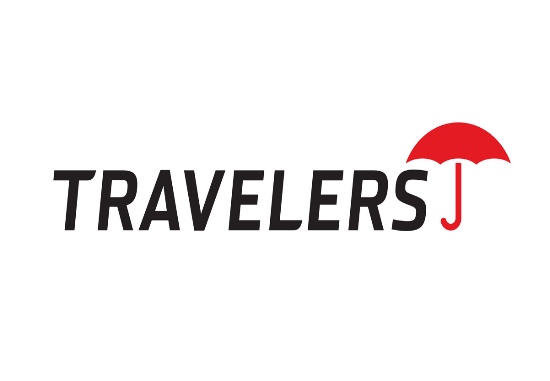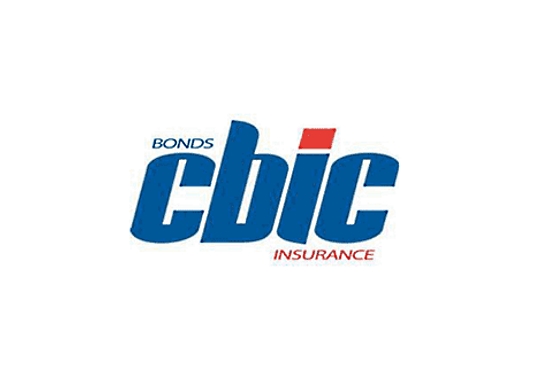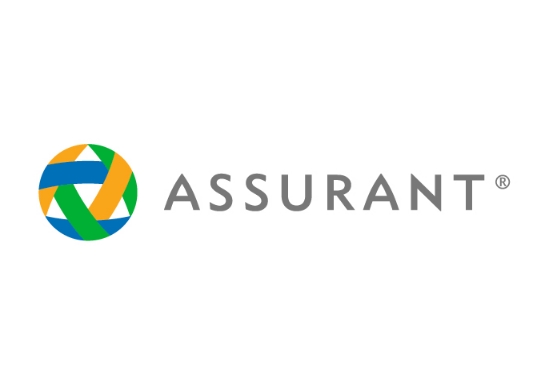What is a liability in IFRS?
Under IFRS, a liability is a present obligation of the entity arising from past events, the settlement of which is expected to result in an outflow of resources embodying economic benefits. It represents claims from creditors against the entity’s assets.
Key Takeaways
A liability in IFRS is a present obligation, not a future or contingent possibility.
It must originate from past events.
Settlement normally involves an outflow of economic resources (cash, other assets, services).
Liabilities are classified as current or non-current based on timing.
Provisions and contingent liabilities have specific recognition and disclosure rules under IFRS standards like IAS 37.
Conceptual Definition of Liability
The IFRS Conceptual Framework defines a liability as a present obligation of an entity to transfer economic resources as a result of past events. This means:
The entity has a duty or responsibility (legal or constructive) that exists at the reporting date.
The obligation arises from past transactions or events (the “obligating event”).
Moving forward, the entity expects the settlement of that obligation to require an outflow of resources that embody economic benefits. (E.g. paying cash, delivering goods, or providing services.)
This definition emphasizes that a liability is not just a potential future problem—it must already exist at the reporting date and be enforceable or arising from established practices.
Types of Liabilities Under IFRS
Financial Liabilities
These are contractual obligations to deliver cash or other financial assets, or to exchange financial instruments under conditions unfavorable to the entity. Examples include loans payable, trade payables, bonds, and derivatives classified as liabilities.
Non-Financial Liabilities
Obligations that do not arise from financial contracts. This includes provisions, deferred revenue, lease liabilities (under IFRS 16), and other liabilities like environmental provisions or restoration obligations.
Provisions
A provision is a liability of uncertain timing or amount. Under IAS 37, a provision is recognized when:
There is a present obligation (legal or constructive) as a result of a past event.
It is probable that an outflow of resources will be required to settle it.
The amount can be reliably estimated.
Examples include warranty liabilities, restructuring provisions, or environmental remediation costs.
Contingent Liabilities
Contingent liabilities are potential obligations that arise from past events but will only materialize if one or more uncertain future events occur. Contingent liabilities are not recognized in the financial statements but disclosed, unless the probability of outflow is remote.
Classification: Current vs Non-Current
Liabilities are classified based on when the settlement is expected to occur:
Current liabilities: obligations expected to be settled in the normal operating cycle of the entity or within 12 months of the reporting date (or no right to defer settlement beyond 12 months).
Non-current liabilities: obligations that are expected to settle beyond the next 12 months or beyond the operating cycle.
This classification helps users of financial statements assess the entity’s liquidity and short-term financial health.
Recognition and Measurement
A liability is recognized on the balance sheet when the entity has a present obligation as a result of past events, and it is probable that an outflow of resources will be required and the amount can be reliably measured.
Initially, many liabilities are measured at fair value (for financial liabilities) or best estimate (for provisions).
After initial recognition, many liabilities (especially financial liabilities) are carried at amortized cost using the effective interest method (for example under IFRS 9).
Some liabilities are measured at fair value through profit or loss, depending on the classification and options under relevant standards.
Provisions must reflect the best estimate of the amount required to settle the obligation, considering risks and uncertainties, sometimes discounted to present value if the effect is material.
Why This Definition Matters
It ensures consistency across entities in recognizing what is a true liability.
It prevents entities from hiding obligations or delaying recognition of costs.
It ensures financial statements provide users with a realistic view of obligations and creditor claims.
It distinguishes between potential obligations (which are disclosed, not recognized) and actual ones.
FAQs
1. Is a possible obligation a liability under IFRS?
No. Possible obligations (contingent liabilities) are not recognized in financial statements under IFRS, but must be disclosed if the probability is not remote.
2. When is a constructive obligation considered a liability?
A constructive obligation arises when, due to an entity’s actions or past practice, others expect it to settle an obligation. If that expectation is firm and settlement is probable, then it may be recognized as a liability.
3. How does IFRS treat provisions differently from other liabilities?
Provisions address obligations of uncertain timing or amount and are recognized only when certain criteria are met. They require estimation and, when material, discounting to present value.
4. Can all liabilities be measured reliably?
Only those for which a reliable estimate can be made should be recognized. If an obligation cannot be measured reliably, it may need disclosure rather than recognition.
5. Does the classification of liability affect financial ratios?
Yes. Current vs non-current classification impacts liquidity ratios, working capital measures, and how investors assess financial stability.
Final Thoughts
In IFRS, liabilities represent real, present commitments that an entity must fulfill, arising from past events. The definition ensures that companies are transparent about their obligations and that users of financial statements can trust that liabilities are not understated or hidden.
For any entity preparing IFRS-based financial statements, understanding how and when to recognize, measure, and classify liabilities is essential to accurate reporting and compliance.
Get Expert Help Today
Whether you’re running a small business or managing a growing enterprise, understanding liability and protecting your company with the right insurance is essential. Our team has over 30 years of experience helping businesses find the best coverage at the best price.
Start now and see your options instantly. Get your personalized quote today. It’s fast, secure, and tailored to you.
Related Posts
Get a Right Insurance For You
SHARE THIS ARTICLE
We will compare quotes from trusted carriers for you and provide you with the best offer.
Protecting your future with us
Whatever your needs, give us a call, have you been told you can’t insure your risk, been turned down, or simply unhappy with your current insurance? Since 1995 we’ve been providing coverage to our customers, and helping people across United States.












